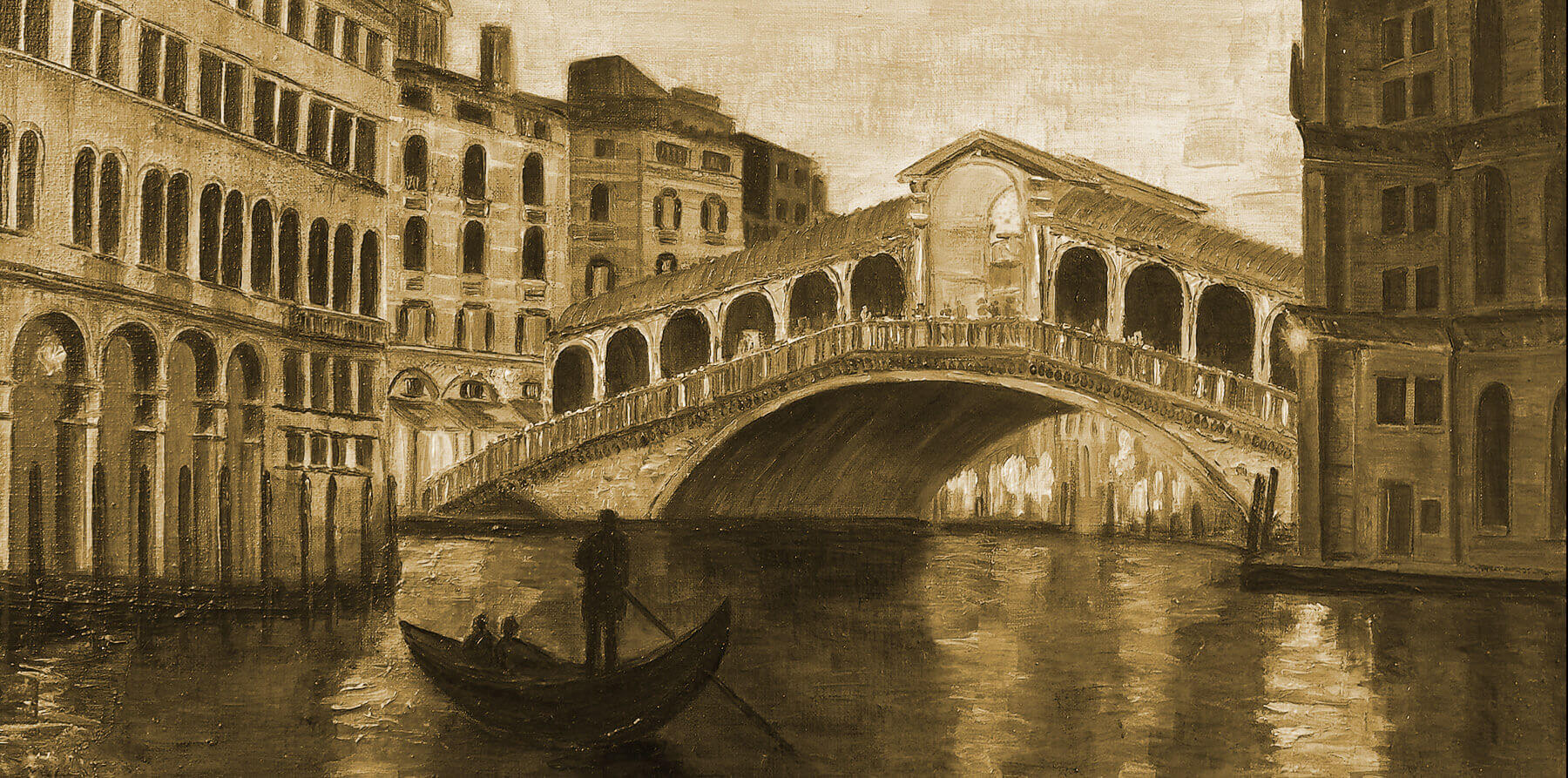More about The Duke of Wellington

Sr. Editor
Francisco Goya's portrait of the Duke of Wellington gets stolen and ends up with James Bond.
The painting you see here is not the original, Goya updated it as the Duke was awarded more medals.
Stolen by 61-year-old Kempton Bunton only 19 days after having been put on display in London’s National Gallery in 1961. A retired bus driver, Bunton was PO'd that the government bought the painting for so much dough when he only made £8 that year. Bunton later returned it in 1965 and turned himself in. The police originally discounted his confession due to his age and portliness. We're pretty sure now that his sons helped him out.
You can see this painting in the first James Bond movie Dr. No (1962); about 88 minutes in our hero visits Dr. No’s lair where this painting is prominently displayed.
Featured Content
Here is what Wikipedia says about Portrait of the Duke of Wellington (Goya)
The Portrait of the Duke of Wellington is an oil on panel painting by the Spanish artist Francisco de Goya of the British general Arthur Wellesley, 1st Duke of Wellington, during the latter's service in the Peninsular War.
Goya painted three portraits of Wellington. This one was begun in August 1812 after Wellington's entry into Madrid. It shows the Duke in a bright red or scarlet uniform, wearing the Peninsular Medal. The artist modified the panel in 1814 to show him in full dress uniform with black gold–braided lapels and added the Order of the Golden Fleece and Military Gold Cross with three clasps—both of which Wellington had been awarded in the interim.
Check out the full Wikipedia article about Portrait of the Duke of Wellington (Goya)














